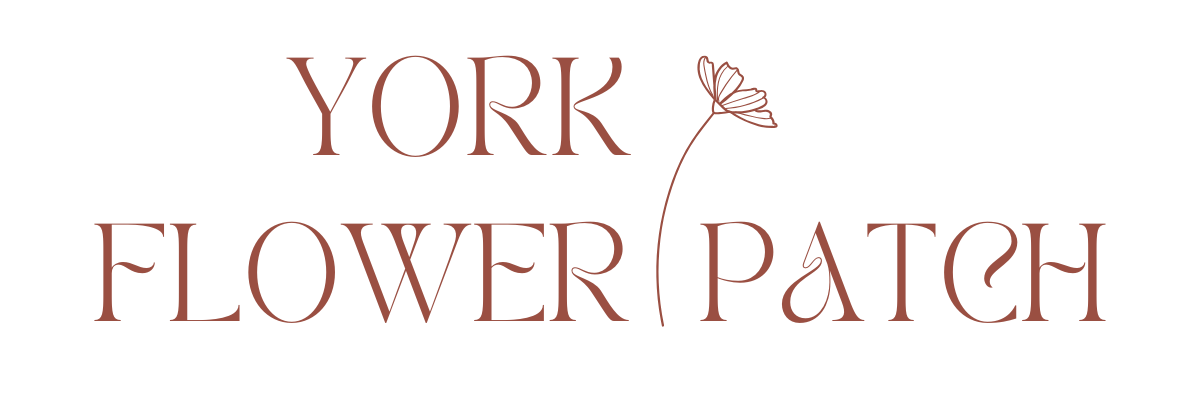Hello, just a heads up that this page may contain affiliate links. If you buy something through my links, I earn some money for coffee at no extra cost to you. Thanks for supporting my small business!

If you are just getting started with gardening, you may be wondering what tools and equipment you need, and what is nice to have to make your life easier. With an overwhelming array of tools available, what do you actually need as a beginner?
Here are my essential gardening tools that I use all the time at the allotment and in the garden.
Gloves
Before you get stuck in, it’s a good idea to have gloves to protect your hands. These come in all shapes, sizes, and thicknesses but are essential for protecting your hands. Gloves will help avoid scratches, cuts and blisters, they will limit exposure to bacteria and chemicals, and they can help avoid insect bites too. Plus improved grip when using tools is beneficial too.
If you buy one pair to get started, I’d vouch for Feverfew’s gloves. Not only are the beautiful but they balance comfort, padding and dexterity well. A comfy all rounder designed specifically for women’s hands for a change!
My light and extra flexible glove option is handy for jobs where you you’re your fingers to deo delicate jobs. I wear these for seed sowing, tying jute, and faffing with seedlings.
It’s cold in the UK, and wet. If you are growing flowers you may well be out in the garden in winter: pruning, looking after hardy annuals, and starting your seeds too early because you miss summer. You’ll need some cosy warm waterproof gloves for these chilly days.
Depending what jobs you do, you may want some thorn proof, longer gloves that cover your gloves and forearms. These heavy duty, adjustable gloves are perfect for when you fall into bramble bushes clearing an allotment, or are too enthusiastic pruning your roses.



Hand tools
A hand trowel and fork are essentials for beginner and experienced gardeners alike. A hand trowel is useful for planting, potting on, and weeding: you will be frequently digging small holes for planting, repotting, and bedding in plants so a robust trowel is a must. Meanwhile, a hand fork will enable you to break up and aerate compacted soil, level ground and dig out weeds.
My favourite tool in the garden is my hori hori knife. It is a bit of a splurge purchase but I use mine for everything: labelled with measurements you can get the perfect planting depth for bulbs and plants, the sharp edge can cut jute, while the serrated edge will saw through tough sunflower stems late in the season.
Other essential gardening tools
- Spade is an essential for every gardener. A flat head design is ideal for digging holes or removing plants from the ground. They are ideal for moving and turning soil, and can be used to create sharp edges for garden beds.
- Fork: used for loosening, lifting and turning over soil and compost heaps. I find a full-size garden fork a bit heavy to use so prefer a border fork which is narrower and lighter.
- Hoe If you have a larger space to stay on top of weeds you may find a hoe useful. I use my hoe to cut weeds by the roots and agitate the soil surface to loosen small ones. A Dutch hoe is simply pushed back and forth just beneath the soil surface to slice through weeds and break up compacted soil. The long handle of a hoe allows you to work while standing upright so is relatively quick and comfortable compared to other weeding tools and methods.
Watering
- Large watering can…for watering
- Small watering can with fine rose for watering delicate plants and seedlings
- Hose for larger gardens and people with less time. I find this one to be great quality, easy to keep knot free and long enough for my space. You can also get wall mounted reels. Fun fact, I have been told off by my husband for using in the house when I had millions of chilli plants to water



Prune and harvest
- Secateurs come with different cutting mechanisms design for different jobs. Use bypass secateurs for cleanly cutting green growth, and anvil secateurs for thicker, woodier stems and dead wood. I like the bright colours in this set because I am prune to losing my tools so neon gives me a chance of finding them again. For gardeners who lack strength you can get rachet ones which make the job easier.
- Loppers such as these telescopic ratchet anvil loppers cut through thick branches easily: particularly useful if you have an allotment full of brambles to clear like we did. Anvil loppers are for hard dead wood, and cutting where plant health doesn’t matter. For fresh growth (aka pruning and maintaining healthy plants) you want bypass action loppers.
- Snips are perfect for precisely harvesting flowers…so I have 3 million pairs btu these are ergonomic and can be used easily in a single hand
Extras
- Wheelbarrow to transport heavy and bulky loads, such as compost, manure, wood chip and mulch. Find a heavy duty one that distributes weight evenly and doesn’t warp. Tyres that don’t pop are also helpful.
- Rake for levelling beds, collecting leaves and removing dead grass. I find the flatter plastic rakes break quickly so prefer the metal wide tooth robust ones.


